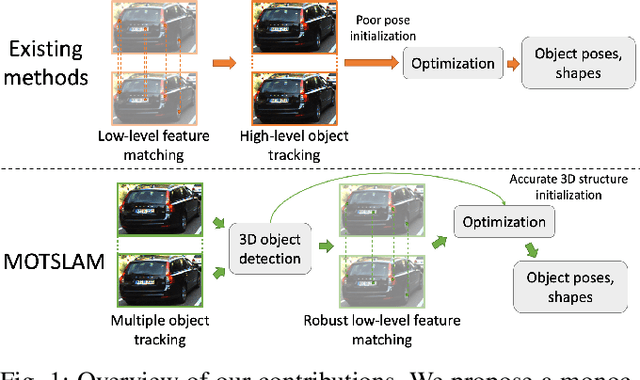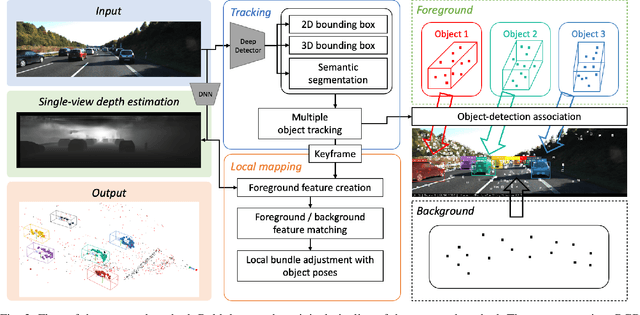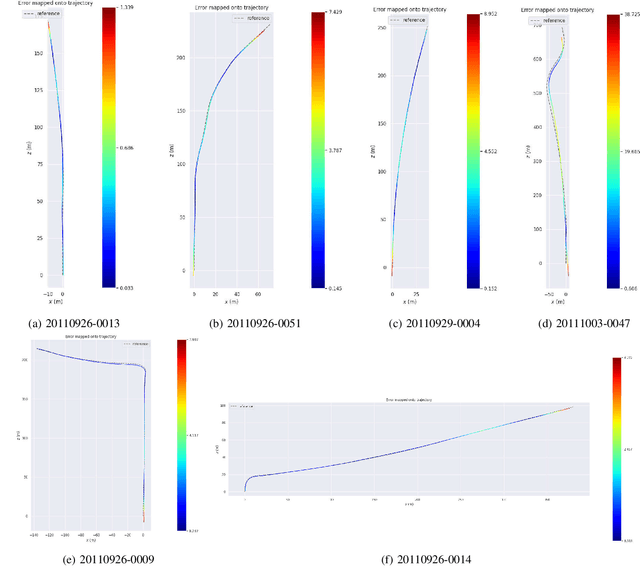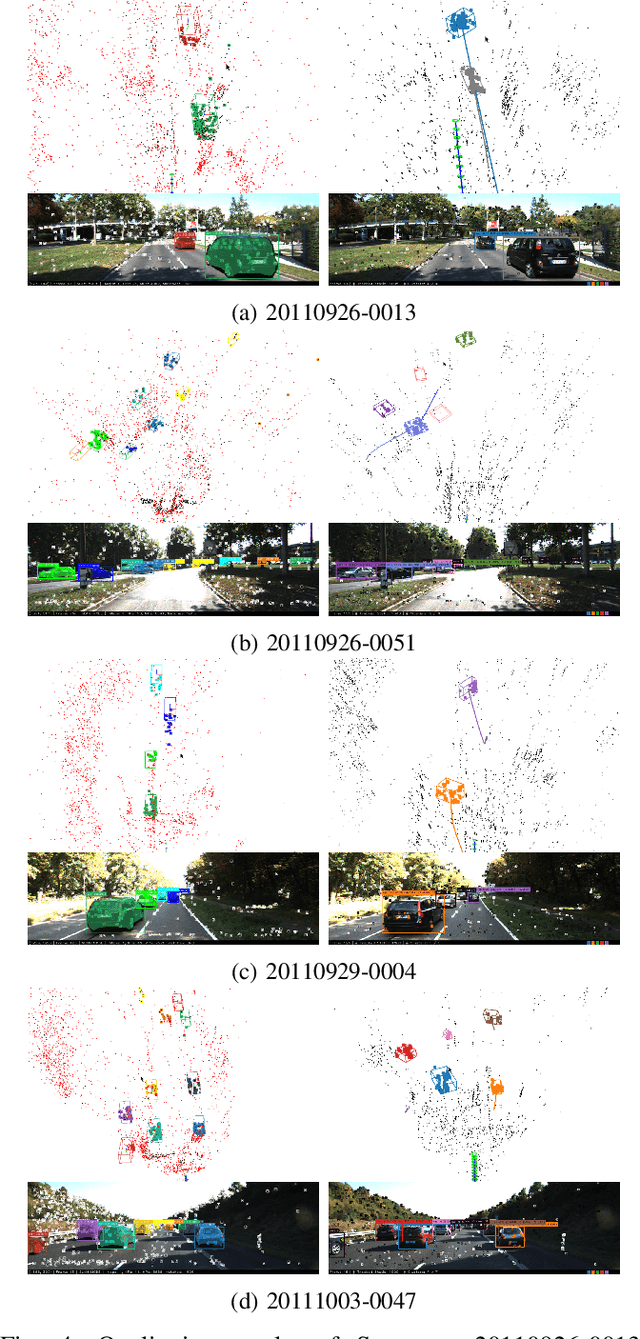Hideaki Uchiyama
Ensemble Learning to Assess Dynamics of Affective Experience Ratings and Physiological Change
Dec 26, 2023Abstract:The congruence between affective experiences and physiological changes has been a debated topic for centuries. Recent technological advances in measurement and data analysis provide hope to solve this epic challenge. Open science and open data practices, together with data analysis challenges open to the academic community, are also promising tools for solving this problem. In this entry to the Emotion Physiology and Experience Collaboration (EPiC) challenge, we propose a data analysis solution that combines theoretical assumptions with data-driven methodologies. We used feature engineering and ensemble selection. Each predictor was trained on subsets of the training data that would maximize the information available for training. Late fusion was used with an averaging step. We chose to average considering a ``wisdom of crowds'' strategy. This strategy yielded an overall RMSE of 1.19 in the test set. Future work should carefully explore if our assumptions are correct and the potential of weighted fusion.
Toward unlabeled multi-view 3D pedestrian detection by generalizable AI: techniques and performance analysis
Aug 08, 2023Abstract:We unveil how generalizable AI can be used to improve multi-view 3D pedestrian detection in unlabeled target scenes. One way to increase generalization to new scenes is to automatically label target data, which can then be used for training a detector model. In this context, we investigate two approaches for automatically labeling target data: pseudo-labeling using a supervised detector and automatic labeling using an untrained detector (that can be applied out of the box without any training). We adopt a training framework for optimizing detector models using automatic labeling procedures. This framework encompasses different training sets/modes and multi-round automatic labeling strategies. We conduct our analyses on the publicly-available WILDTRACK and MultiviewX datasets. We show that, by using the automatic labeling approach based on an untrained detector, we can obtain superior results than directly using the untrained detector or a detector trained with an existing labeled source dataset. It achieved a MODA about 4% and 1% better than the best existing unlabeled method when using WILDTRACK and MultiviewX as target datasets, respectively.
MOTSLAM: MOT-assisted monocular dynamic SLAM using single-view depth estimation
Oct 05, 2022



Abstract:Visual SLAM systems targeting static scenes have been developed with satisfactory accuracy and robustness. Dynamic 3D object tracking has then become a significant capability in visual SLAM with the requirement of understanding dynamic surroundings in various scenarios including autonomous driving, augmented and virtual reality. However, performing dynamic SLAM solely with monocular images remains a challenging problem due to the difficulty of associating dynamic features and estimating their positions. In this paper, we present MOTSLAM, a dynamic visual SLAM system with the monocular configuration that tracks both poses and bounding boxes of dynamic objects. MOTSLAM first performs multiple object tracking (MOT) with associated both 2D and 3D bounding box detection to create initial 3D objects. Then, neural-network-based monocular depth estimation is applied to fetch the depth of dynamic features. Finally, camera poses, object poses, and both static, as well as dynamic map points, are jointly optimized using a novel bundle adjustment. Our experiments on the KITTI dataset demonstrate that our system has reached best performance on both camera ego-motion and object tracking on monocular dynamic SLAM.
TetraTSDF: 3D human reconstruction from a single image with a tetrahedral outer shell
Apr 22, 2020



Abstract:Recovering the 3D shape of a person from its 2D appearance is ill-posed due to ambiguities. Nevertheless, with the help of convolutional neural networks (CNN) and prior knowledge on the 3D human body, it is possible to overcome such ambiguities to recover detailed 3D shapes of human bodies from single images. Current solutions, however, fail to reconstruct all the details of a person wearing loose clothes. This is because of either (a) huge memory requirement that cannot be maintained even on modern GPUs or (b) the compact 3D representation that cannot encode all the details. In this paper, we propose the tetrahedral outer shell volumetric truncated signed distance function (TetraTSDF) model for the human body, and its corresponding part connection network (PCN) for 3D human body shape regression. Our proposed model is compact, dense, accurate, and yet well suited for CNN-based regression task. Our proposed PCN allows us to learn the distribution of the TSDF in the tetrahedral volume from a single image in an end-to-end manner. Results show that our proposed method allows to reconstruct detailed shapes of humans wearing loose clothes from single RGB images.
 Add to Chrome
Add to Chrome Add to Firefox
Add to Firefox Add to Edge
Add to Edge